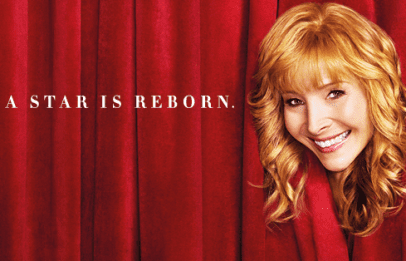
In an interview with PrideSource about the comeback of her HBO show The Comeback, which premieres its second season on Nov 9 after being cancelled in 2005, Lisa Kudrow says that her study of biology (she received a bachelor of science degree in biology from Vassar College) has led her to believe that gay men are “superhuman” and “superior beings.”
“The people I work with are gay. I don’t know who I’m going to offend by leaving them out, but I need to say that I think gay men are superior beings in my mind,” Kudrow says. “I do believe that. It’s all so tricky. I studied biology and the brains are anatomically different. They just are. There’s a stronger connection with the corpus callosum (in gay men). The two sides of the brain communicate better than a straight man’s, and I think that has to be really important. They’re not women — they’re still men — and women also have thicker corpus callosums, so I think it’s the combination of those qualities that makes them like a superhuman to me.”

 Why you can trust Xtra
Why you can trust Xtra


